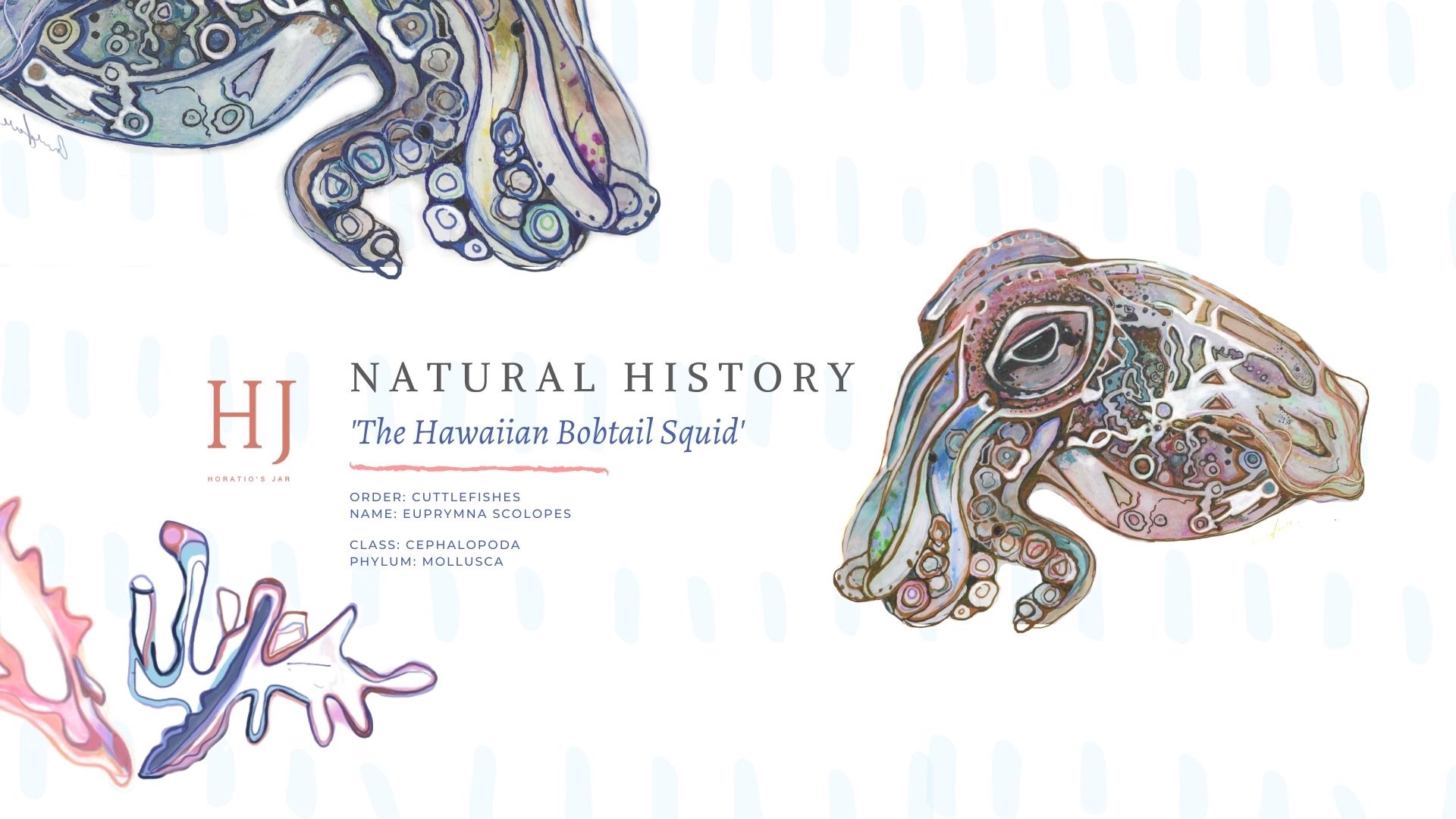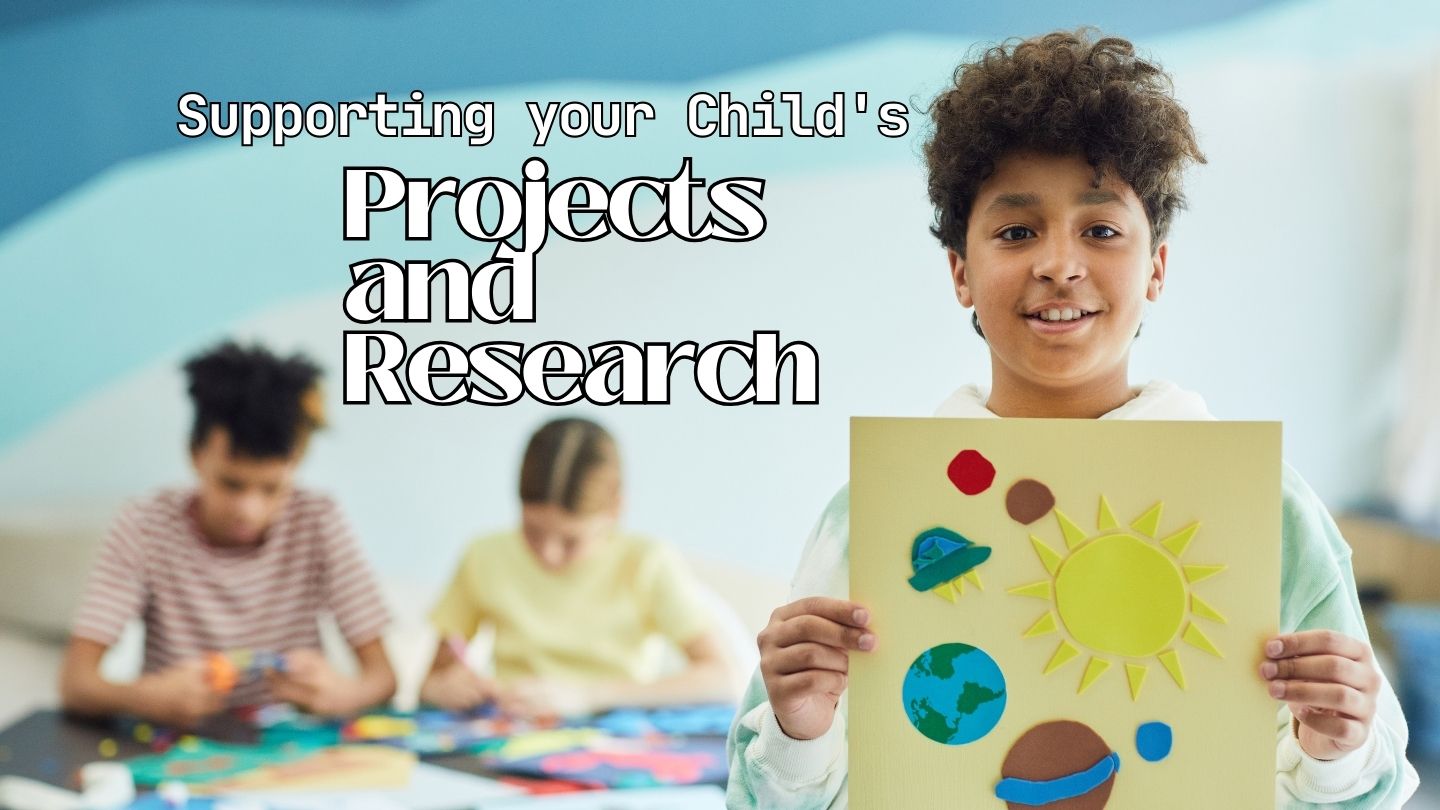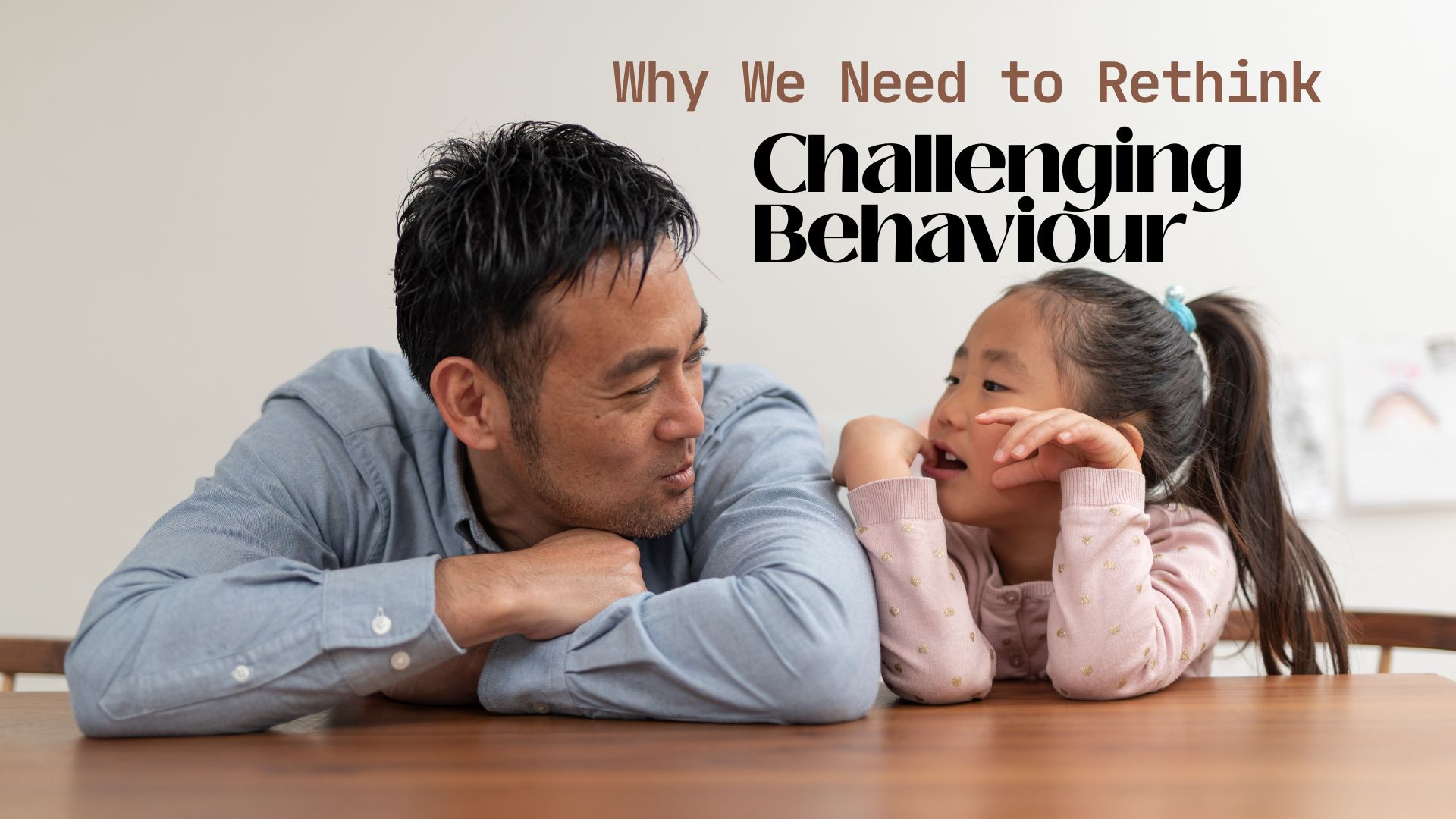Latest From Upschool
- Supporting your Child’s Projects and Research
- Age-Appropriate Expectations
- Why We Need to Rethink Challenging Behaviour
- Navigating the Dynamics of Sibling Relationships
- Creating a Culture of Learning at Home
- Creative and Easy DIY Projects for Parents and Children
- Tips for Working Parents
- Review Educational Apps, Games, and Other Tech Tools for Kids
-
-
No videos yet!
Click on "Watch later" to put videos here
- View all videos
-
-
-
Don't miss new videos
Sign in to see updates from your favourite channels
-

The Hawaiian Bobtail Squid
A full moon illuminates the surface of the warm waters off the Hawaiian coastline. Bobbing just beneath the silvery light spray is a dumpling shaped squid that can hide in the light of the moon.
Glowing from the inside, The Hawaiian Bobtail Squid (Euprymna scolopes) is a cephalopod with super-powers. Cute and sparkly with big eyes, a plump body, a skirt of fins and a fist of tentacles exploding from its face, this little squid, not much bigger than a lime, is like no other. Just as octopus and other varieties of squid have evolved incredible ways to avoid being eaten; like shapeshifting, colour changing, ink explosions and travelling at warp speed using jet propulsion – The Hawaiian Bobtail with its eight arms and two tentacles, big eyes, and colour changing skin has its own unique ways of fooling its foes. Unlike its soft-bodied relatives, which use iridophores to mimic sunlight to camouflage on the surface or the water, the Bobtail Squid emits its own light from inside of itself.The Hawaiian Bobtail Squid has been dubbed “the stealth bomber of the ocean”, by molecular biologist Bonnie Bassler, AKA The Bacteria Whisperer.
https://youtu.be/TVfmUfr8VPA – Bonnie Bassler: The secret, social lives of bacteriaThe Stealth Bomber
The Hawaiian Bobtail Squid spends most of the time hidden underneath sand on the bottom of the seafloor, but come night-time the googly-eyed squid switches on its invisibility device and floats to the surface of the warm Hawaiian waters to hunt. The dumpling shaped disco-ball that glows like the moon, is invisible to hungry predators below and it's all thanks to a single microbe that lives inside its body.
Out of the billions of bacteria and viruses that exist in every litre of seawater, only one inhabits the Bobtail Squids body. A light-emitting microbe called Vibrio fisceri which colonises inside the squid and helps grow a special light organ that the Bobtail uses to control the amount of light released from inside of itself. This symbiotic relationship has captured the attention of biologists who are curious to understand how microbes change the host they inhabit.
Studying the relationship of Vibrio fisceri and its host the Hawaiian Bobtail Squid has revealed to scientists the secret language that microbes use to communicate. It means we could harness the power of good bacteria to enhance our own bodies and perhaps one day consciously interact with our microbial buddies. Who knows, maybe one day we will figure out how to glow at night too.




